
10 New Technologies Taking The Motorcycle World By Storm
From navigation systems to airbags, these technologies improve your safety, and riding experience.
By: AAYUSH RATHOD Courtesy: TOPSPEED
In the 1950s, when the Vincent Black Shadow came out, a multi-brake setup was considered revolutionary. In the 1980s, BMW brought out the K100 with the first-ever ABS on a bike. And in the late 2000s, we got to see the first ever IMU in Ducati 1098. Every generation of motorcycles has seen such innovative features that have revolutionized human-machine interaction, making the experience more comfortable and safer.
So, what are the latest trends that are taking over the motorcycling world? There are many. Some of these new technologies are making motorcycles incredibly safe — so much so that you’d have to be stupid to crash on one of them. The rest are making bikes produce more power than ever. And there are a few that are helping brands navigate emission norms that are getting stricter by the year. Here are the ten new technologies that are taking the motorcycling world by storm.
#10 Cylinder Deactivation System
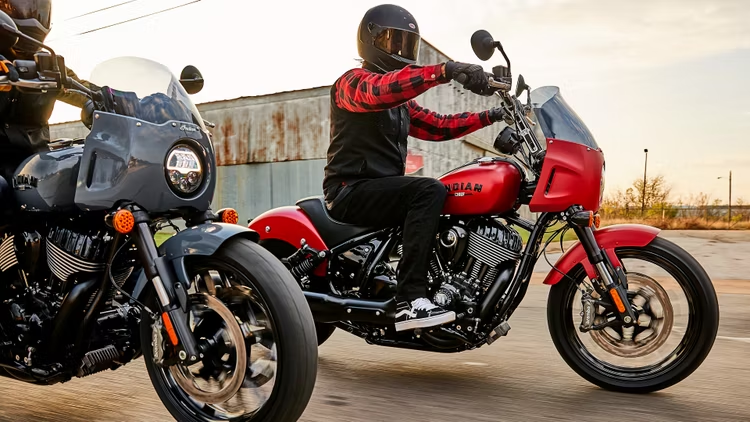
V-configuration engines suffer from one problem: heat management. The rear bank of the engine gets the warm waft of the front bank without any significant direct airflow — the rear cylinders heat up a lot. And this is not only bad for the engine but also for you — they cook your thighs in traffic. To solve this, manufacturers have started using cylinder deactivation in their big-bore V2/V4 engines. Harley-Davidson introduced its Engine Idle Temperature Management System (EITMS) in 2008, followed by Indian in 2018, but Ducati seems to have nailed this tech.
Ducati uses this tech on its V4 engines, effectively switching off the rear cylinders so the heat is managed, but as a side effect, the bike also runs much cleaner. For example, the 1,158cc Granturismo engine effectively turns into a 579cc parallel twin when the system is activated. At first, this tech was limited to idle but has now extended to low-speed or low-throttle riding. It won’t be long before this tech makes its way into most brand’s portfolios.
Some Motorcycles With Cylinder Deactivation System
- Indian FTR 1200
- Indian Chief, Springfield, Chieftain, and Roadmaster
- Ducati Multistrada V4 Rally
- Ducati Diavel V4
- Ducati Panigale V4
- Harley-Davidson Low Rider
- Harley-Davidson Road Glide
#9 Lithium-ion Batteries
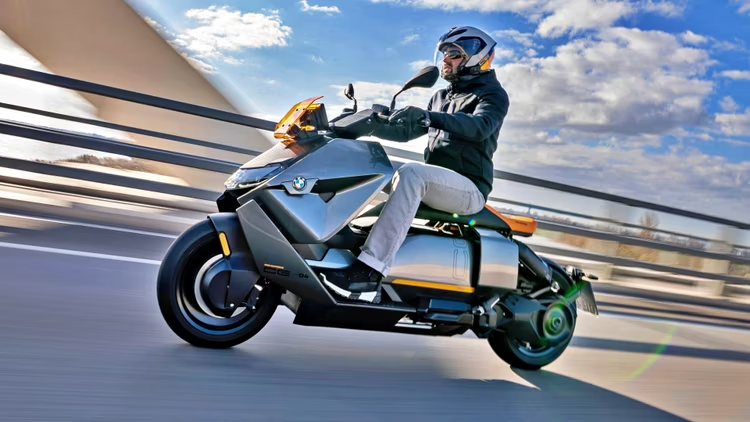
As popular as electric motorcycles have become, two problems plague this segment nonetheless: range anxiety and weight. EV motorcycles are heavier thanks to their batteries and manufacturers still haven’t figured out a cure for range anxiety. And if they were to fit bigger batteries, it would make the weight problem worse! Fortunately, lithium-ion batteries have come to save the day.
Li-ion batteries offer many benefits over conventional lead-acid ones, with the biggest one being lightweight and long-range. Li-ion batteries are lighter and smaller compared to lead-acid batteries, and they also hold more energy. Both these benefits combine to offer a longer range for the bikes. Plus, they can charge faster and last a lot longer. It’s no wonder EV motorcycles have switched to lithium batteries now.
#8 EV Alternatives: Hybrid And Hydrogen Powertrains
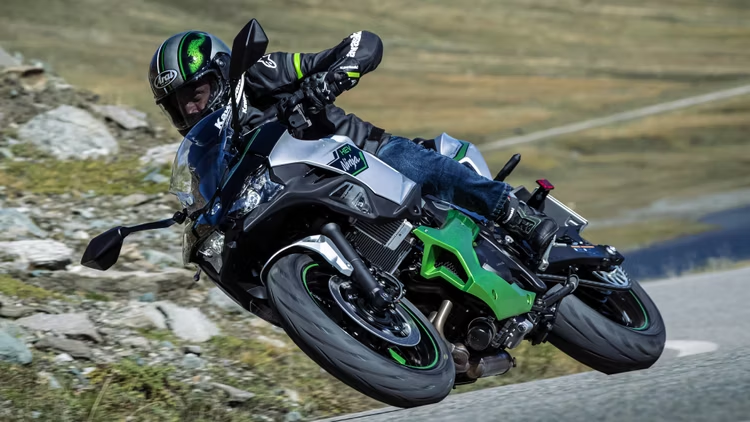
EV isn’t everything when it comes to saving the planet. Let’s be honest, EV motorcycles lack appeal and character and the battery production process isn’t exactly eco-friendly. So, long-range high-performance EV motorcycles are still a pipedream. Fortunately, many manufacturers are experimenting with alternative powertrains.
The first alternative is hydrogen-powered combustion engines that work much like gas engines but use a lean air/fuel ratio of up to 180:1, fed by forced induction. They are a lot cleaner than gas-powered engines, but they haven’t become a concrete reality just yet. Although the Japanese Big Four are working together to develop a Hydrogen Small Mobility Engine for HySE motorcycles.
What has become a reality is the midway point between EVs and ICEs — hybrid engines. Kawasaki’s Z7 Hybrid and Ninja 7 Hybrid use a sub-400cc parallel twin paired with an electric motor to produce power figures similar to that of a middle-weight motorcycle while being far cleaner and easier to live with. Hopefully, we will see more hybrid motorcycles soon.
#7 Bluetooth Connectivity
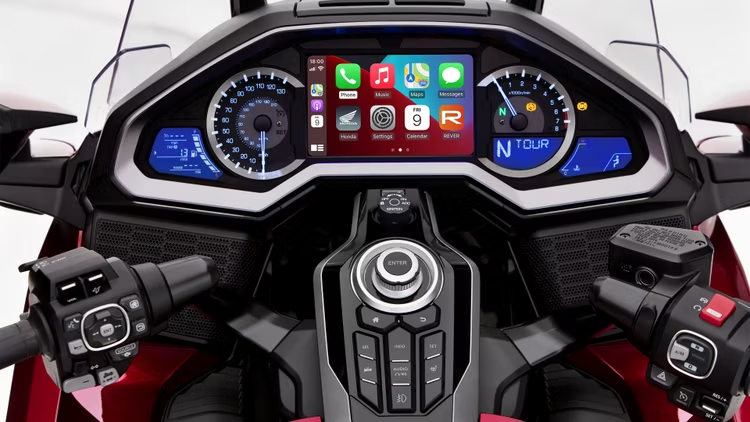
Who doesn’t like listening to music on a long tour or the ease of taking calls without pulling over? This has been possible thanks to intercom systems, but controlling them was always a hassle, especially with the gloves on. Fortunately, many new motorcycles come with Bluetooth connectivity that allows you to control music and take calls without fiddling around with the intercom system — the handlebar switchgear comes in handy. It may not be a significant advancement for many, but for those who travel often, it’s an excellent tool that makes the ride a bit more comfortable.
What Bluetooth Connectivity Enables
- Music and volume control
- Dashboard navigation
- Attending or cutting phone calls
- Reading text messages on the go
- Weather alerts
6# Full Map Navigation
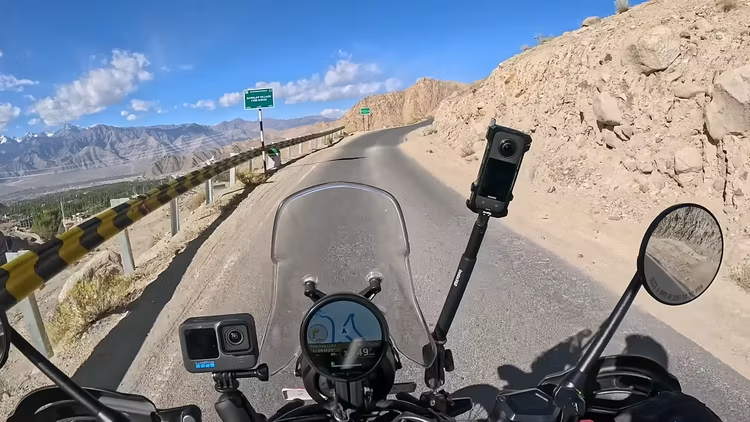
With the advent of TFT displays, many motorcycles already come with turn-by-turn navigation, but that’s not enough. It doesn’t allow you to anticipate your turns and the navigation font is pretty small. Fortunately, things are changing. These days, motorcycles ranging from the humble Himalayan 450 to the mighty Multistrada V4 offer full-map navigation that allows you to look ahead, check the traffic conditions, and find yourself on the map easily. Full map navigation is the tech that makes having a TFT display worth it, which can otherwise be cluttered and not bright enough.
#5 Variable Valve Timing
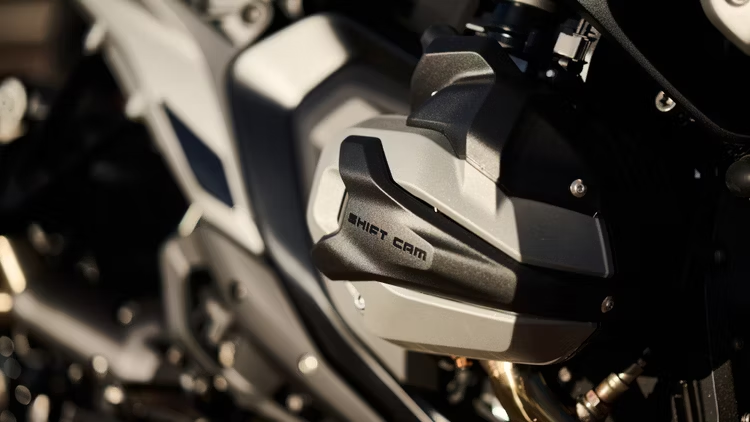
Internal combustion engines, by design, suffer from valve overlap, when both the intake and exhaust valves are partially open simultaneously. This leads to intake charge contamination and some air/fuel mixture exiting into the exhaust. Engineers know this but settle for this by choosing a setting that prioritizes performance at certain revs.
For example, valves designed for high-RPM performance won’t perform well at low revs, sacrificing low-end performance, fuel economy, rideability, and emissions. This is where VVT comes in; this system adjusts the timing of a valve lift event, depending on the performance requirement, ensuring ideal charge cycles in the engine while reducing emissions.
Some Motorcycles That Use VVT
- BMW R 1300 GS (ShiftCam)
- Suzuki GSX-R1000
- Ducati XDiavel (DVT)
- Honda VFR800 VTEC
- Yamaha R15 (not a US model)
#4 Semi-Active Suspension
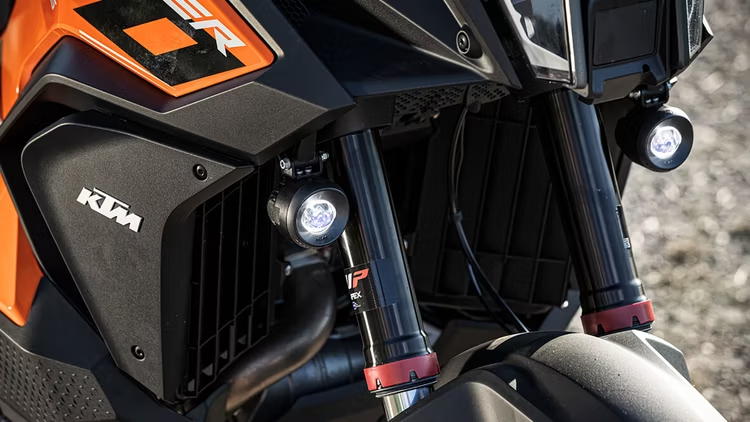
Like VVT, semi-active suspension has been around for a while. It came with the BMW HP4 and BMW R 1200 GS in the form of Dynamic Damping Control and with the Ducati Multistrada S as Skyhook Suspension. It was so far limited to very few high-end motorcycles, but it is finally making its way into other motorcycles.
Essentially, the semi-active suspension automatically adjusts the damping rate based on data feeds from speed, gear position, IMU, and throttle position. So, the suspension offers more control when you need it and more comfort when you want it. It’s an excellent system that’s also relatively affordable, so expect more middleweight motorcycles to come with semi-active suspension now.
Examples Of Motorcycles That Use Semi-Active Suspension
- KTM 1290 Super Duke EVO
- Ducati Multistrada V2 and V4
- KTM 1290 Super Adventure S
- Ducati Panigale V4
- Triumph Speed Triple RR
#3 Radar Assist Systems: Blind Spot Detection, Adaptive Cruise Control, And Collision Warning

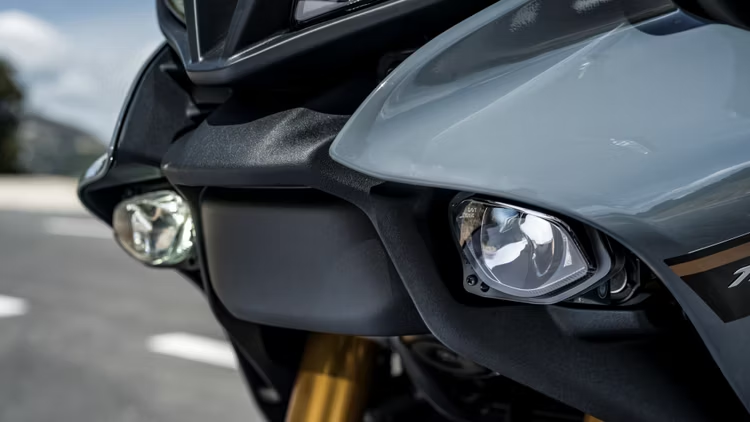
Radar-equipped motorcycles only reached us a couple of years ago, but they have grown significantly in popularity. These systems include blind spot detection, adaptive cruise control, collision warning, and emergency braking.
This tech makes the riding experience comfortable and safe to a terrific extent, and if it is implemented well on motorcycles, it has the potential to transform motorcycle safety. In fact, Piaggio claims its new radar system can even make your motorcycle more visible to autonomous cars.
Examples Of Motorcycles With Radar Assist
- Yamaha Tracer 9 GT+
- CFMoto 800MT
- Ducati Multistrada V4
- KTM 1290 Super Adventure S
- BMW R 1300 GS
#2 Airbag Vests And Jackets
Let’s move away from tech present on motorcycles and come to wearable tech — airbags. These airbag vests and jackets use various sensors to recognize a crash and deploy in half a second, protecting your back, shoulders, neck, and chest. For example, Alpinestars claims its airbags use seven sensors and a 5-level trigger decision routine to deploy the airbag in only eight milliseconds.
Granted, airbag vests haven’t reached their peak yet. They are cumbersome to wear and don’t allow airflow, and let’s not forget, they are expensive. So, many bikers can get away without using airbags, but if you are pushing your motorcycle to its limits on a racetrack, an airbag vest is a crucial safety feature — it offers more protection than your average Level 2 back armor.
Some Airbag Vests And Jackets
- Dainese Smart Jacket Hi Vis
- Alpinestars Tech Air 3, 5 and 10
- Dainese Misano 2 D-Air Race Suit
- Klim AI-1
- Helite Turtle 2 Airbag Vest
#1 Six Axis IMU: TCS, Cornering ABS, And Wheelie Control
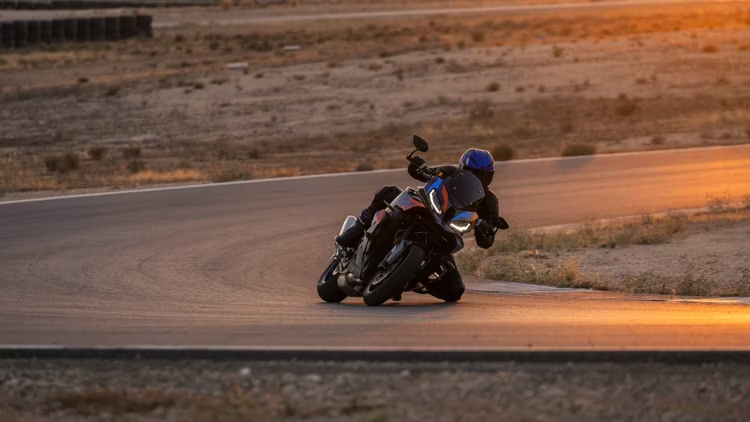
The first ever inertial measurement unit (IMU) was introduced in 2007 in the Ducati 1098, which handled traction control, but the system was fairly crude at the time. Today, the scenario is completely different. Six-axis IMU systems have become advanced and are much more affordable, allowing manufacturers to implement them even in sub-400cc motorcycles, like the KTM 390 Adventure. These IMU systems can handle various safety features like lean-sensitive ABS, traction control, wheelie control, rear wheel lift mitigation, and more — the modern IMU is a cornerstone of motorcycle safety.
SOURCE: TOPSPEED